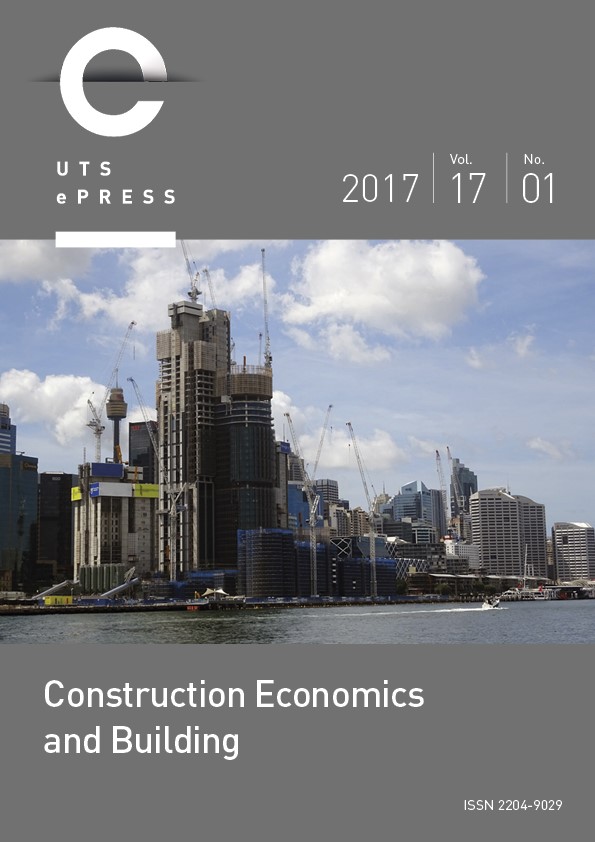Where the Gaps Lie: Ten Years of Research into Collaboration on BIM-Enabled Construction Projects
Main Article Content
Abstract
A BIM-enabled Construction Project (BIMCP) refers to a project involving relevant BIM tools to generate, exchange and manage project data between project participants. Success in delivering BIMCPs largely relies on how effective project members collaborate. As a result, collaboration on BIMCP has become a growing field of research while a review of studies on collaboration on BIMCPs is still missing. To address this gap, this paper presents the findings of a systematic review on studies devoted to collaboration on BIMCPs over the past 10 years (2006-2016). To this end, 208 studies published in 12 ICT-oriented journals in the construction context are thoroughly reviewed. The findings bring to light that studies on collaboration on BIMCPs are sporadic, isolated and focus on narrowed, limited and disjointed areas associated with collaboration. The study contributes to the field through highlighting the gaps of the existing literature on the topic. This provides a stepping stone to direct future inquiries that target collaboration on BIMCPs.
Article Details
Section
Authors who publish with this journal agree to the following terms:
a) Authors retain copyright and grant the journal right of first publication with the work simultaneously licensed under a Creative Commons Attribution License that allows others to share and adapt the work with an acknowledgement of the work's authorship and initial publication in this journal.
b) Authors are able to enter into separate, additional contractual arrangements for the non-exclusive distribution of the journal's published version of the work (e.g., post it to an institutional repository or publish it in a book), with an acknowledgement of its initial publication in this journal.
c) Authors are permitted and encouraged to post their work online (e.g., in institutional repositories or on their website) prior to and during the submission process, as it can lead to productive exchanges, as well as earlier and greater citation of published work (See The Open Access Citation Advantage Service). Where authors include such a work in an institutional repository or on their website (ie. a copy of a work which has been published in a UTS ePRESS journal, or a pre-print or post-print version of that work), we request that they include a statement that acknowledges the UTS ePRESS publication including the name of the journal, the volume number and a web-link to the journal item.
d) Authors should be aware that the Creative Commons Attribution (CC-BY) License permits readers to share (copy and redistribute the work in any medium or format) and adapt (remix, transform, and build upon the work) for any purpose, even commercially, provided they also give appropriate credit to the work, provide a link to the license, and indicate if changes were made. They may do these things in any reasonable manner, but not in any way that suggests you or your publisher endorses their use.
